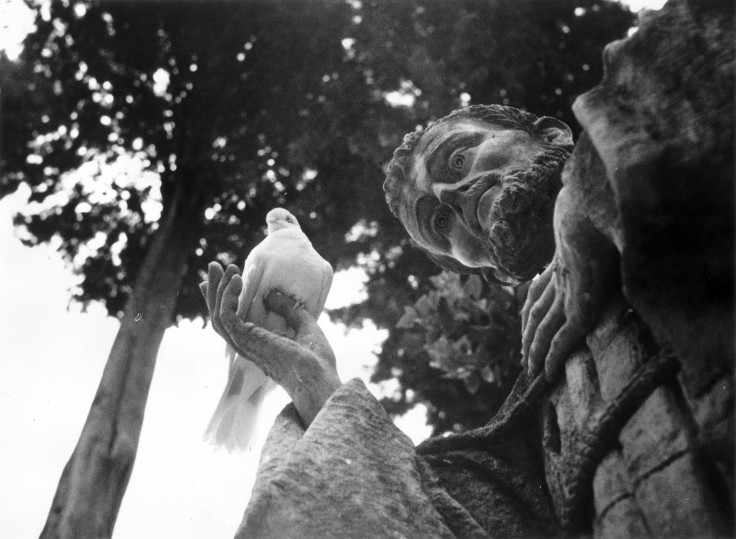Scientists suggest 700-year-old myth about Saint Francis of Assisi could be true
Study confirms age and contents of an old sack is in line with medieval myth.

Scientists have proved that the age and content of an old sack is in line with a medieval myth about Saint Francis of Assisi, an Italian Roman Catholic friar and patron saint of animals.
The sack is believed to have appeared on the doorstep of the Friary of Folloni near Montella, southern Italy, in the winter of 1224. According to the legend, it contained some bread sent by Saint Francis, who was in France at the time. The friars were starving to death as they were trapped in the church because of the snow.
That night, they heard someone knocking on the door. When they opened it, they found the sack containing bread that had been marked with the lily flower symbol, associated with the French crown. The friary has guarded the bag, which the legend says was brought to the friars by an angel, for 700 years.
The sack was used as a cloth for the church's altar until it started deteriorating. Today, fragments of textile are kept as a relic in a shrine in the friary's chapel.
A team of Danish, Italian and Dutch researchers conducted scientific studies on the fragments, and conclude they can be dated between 1220 and 1295.
The team was led by Associate Professor Kaare Lund Rasmussen from University of Southern Denmark. Rasmussen, a chemist specialised in archaeo-chemical analyses, confirmed that the age of the sack is in line with the legend.
Researchers also believe that the sack could have contained bread as they looked for traces of ergosterol,a sterol contained in fungi and protozoa. It can be a biomarker for brewing, baking or agriculture.
"Our studies show that there was probably bread in the sack," Rasmussen wrote in the paper, published in the journal Radiocarbon. "We don't know when, but it seems unlikely that it was after 1732, where the sack fragments were immured in order to protect them.
"It is more likely that bread was in contact with the textile in the 300 years before 1732; a period, where the textile was used as altar cloth – or maybe it was indeed on the cold winter's night in 1224 – it is possible, " Rasmussen continued.
The researchers have not addressed the issue of how the sack ended up on the doorsteps of the friary arguing that it is "more a question of belief than science".
"Scientific measurements cannot prove a legend or belief. What they can do, is either to de-authenticate the object or show accordance between the physical/chemical evidence and the legend," the team said.
© Copyright IBTimes 2025. All rights reserved.






















